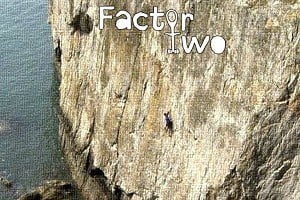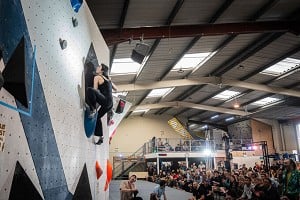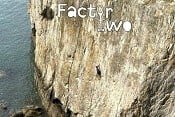In reply to Dee:
The needlesports article backs up previous research on belay stake strength that was carried out (and mention on here not too long ago).
Basically, the research found that stronger placements could be made with a positive angle (ie the top of the stake nearer the route than the buried tip of the stake).
The reasoning behind this, is that it is the friction of the placement (the friction between the stake and the ground) that provides the strongest attachment, rather than a negative angle (pointing away from the route) which is the intuitive way to place a stake. When placed in a negative angle, any load applied forces the stake to cut it's own channel through the earth, loosening the stake and reducing friction with the earth.
The same stands for ice screws, where it is the friction between the thread and the ice that provides the holding strength rather than the angle.







